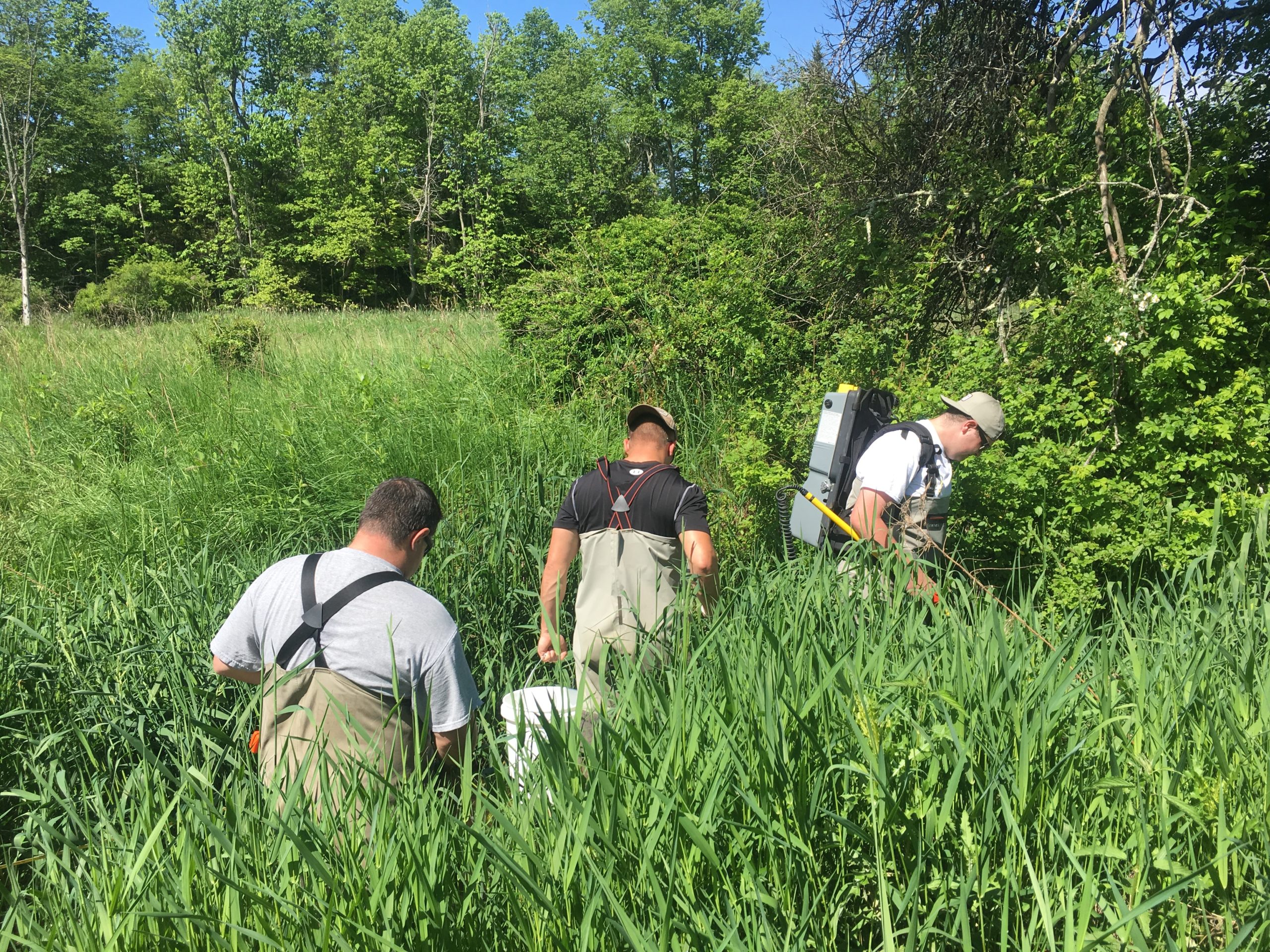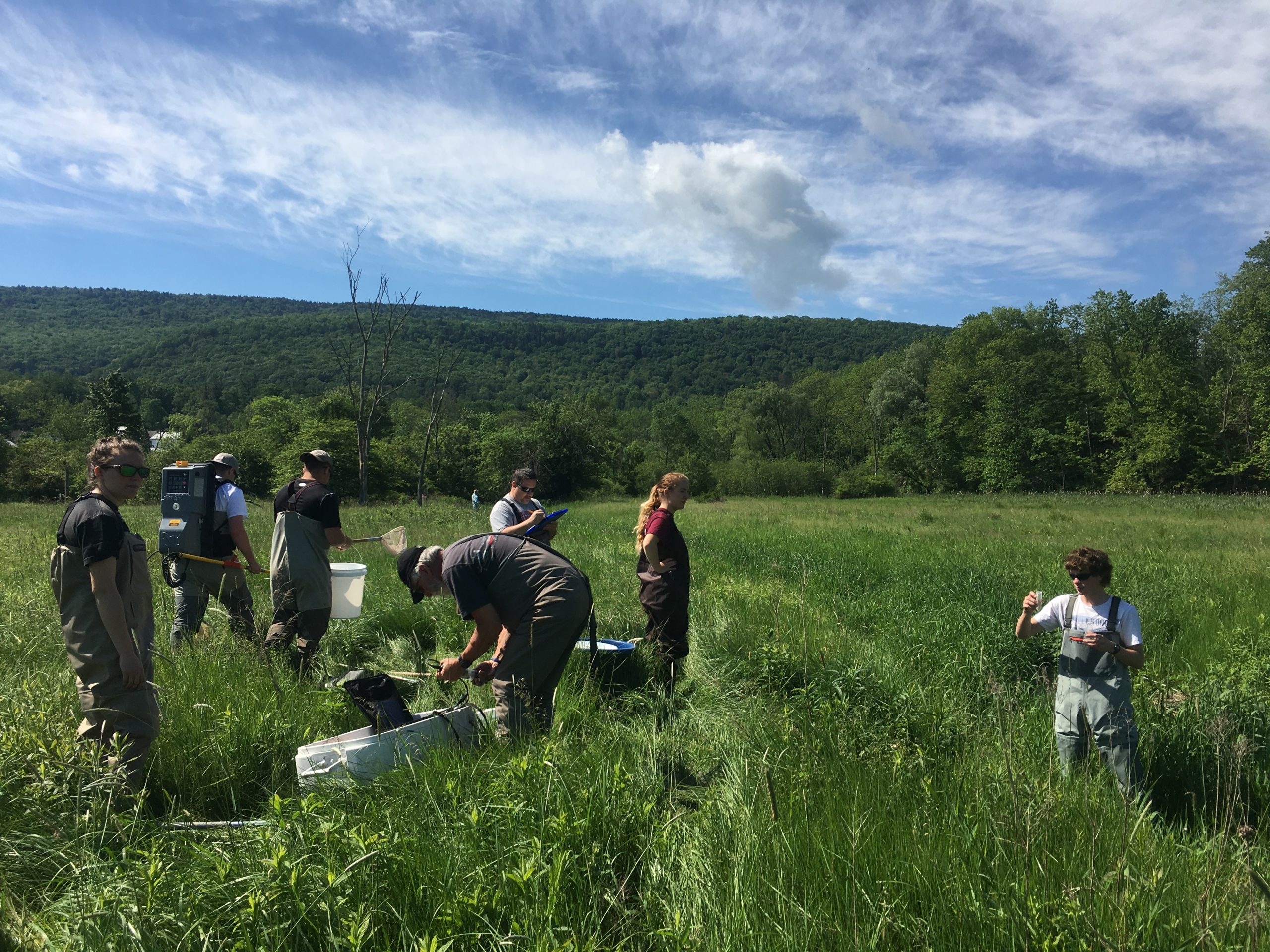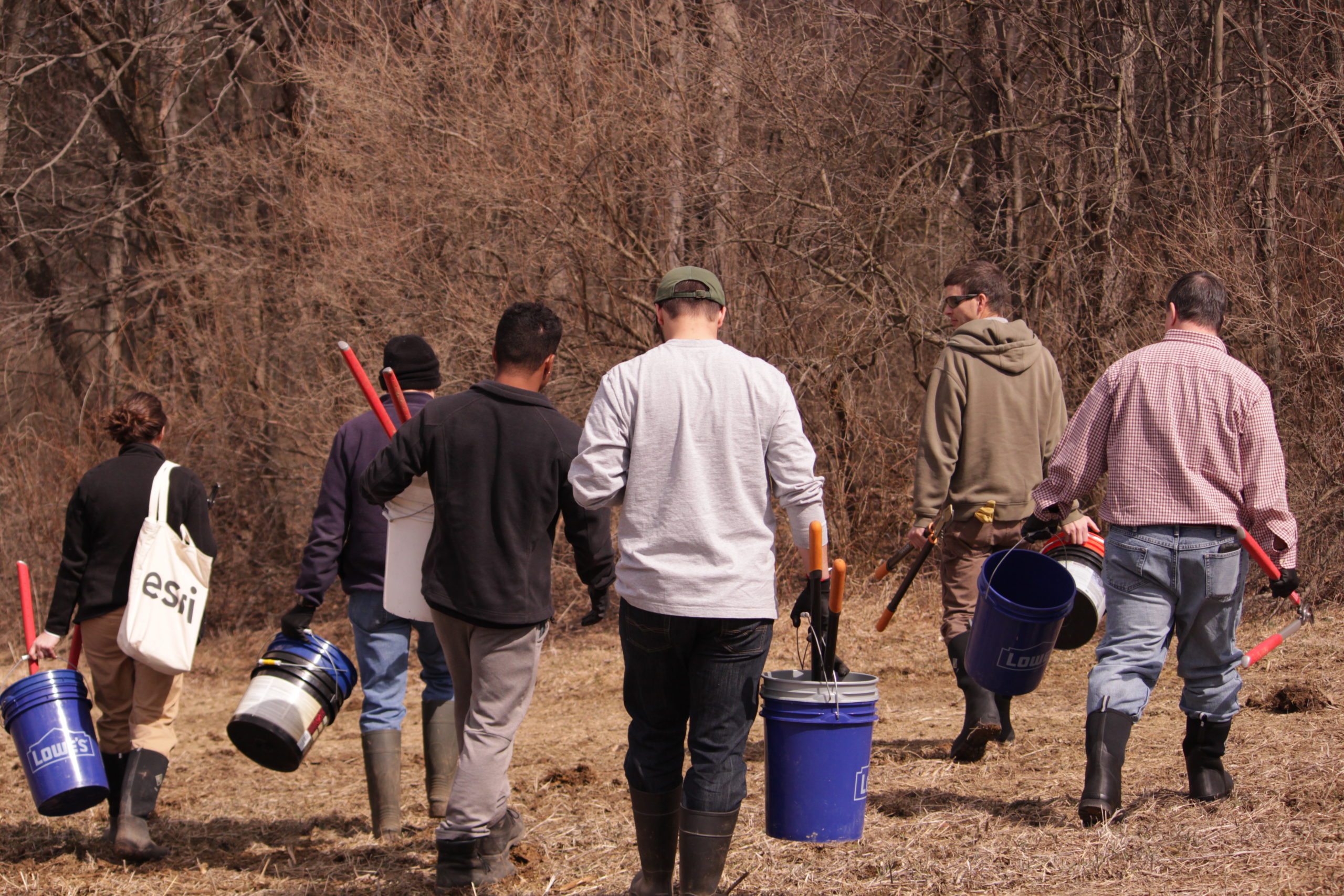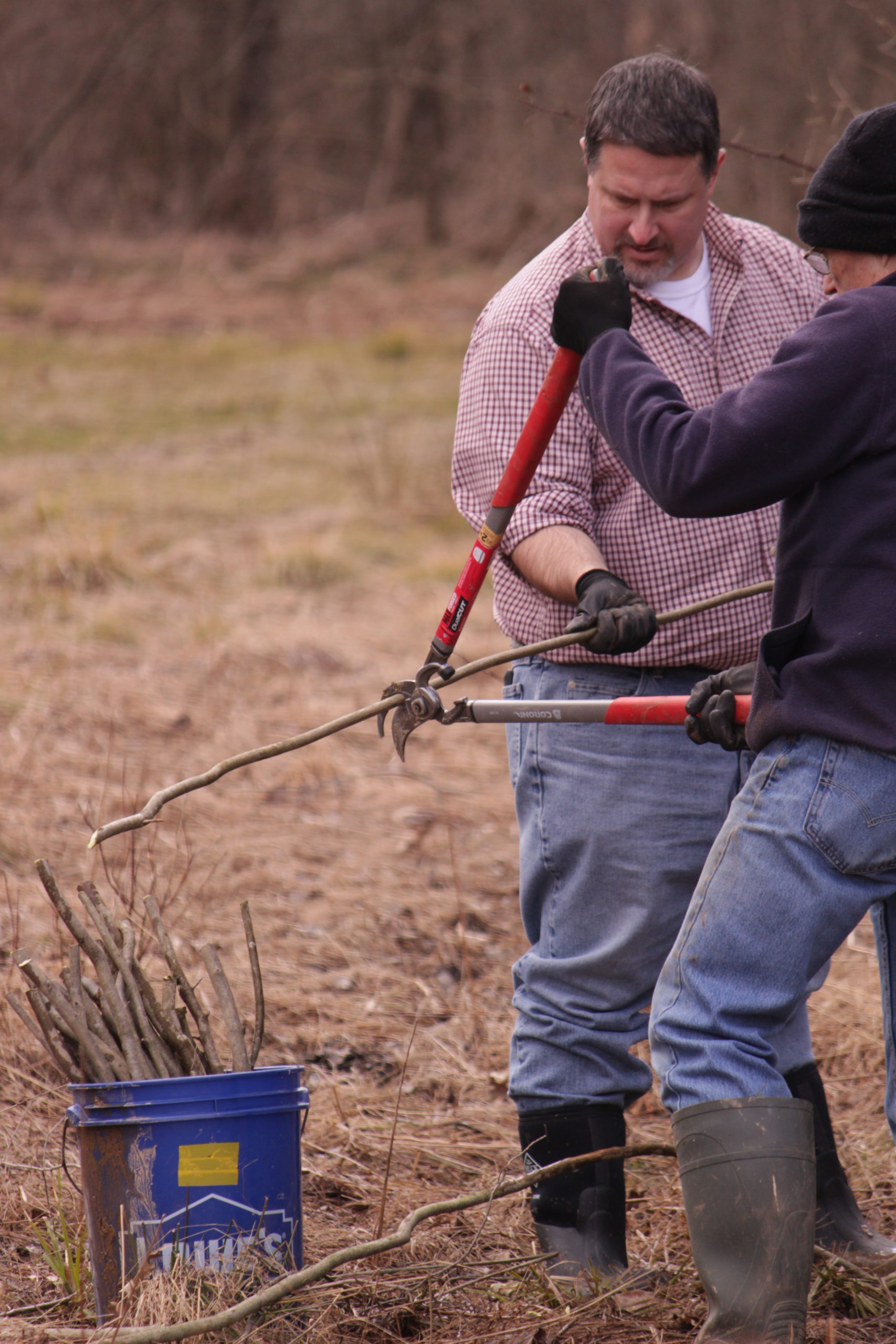Susquehanna University Partnership
Chesapeake Conservancy has partnered with Susquehanna University on Precision Conservation projects since 2016. In 2023, Susquehanna University and Chesapeake Conservancy signed an MOU to solidify our partnership and support each other in our shared efforts toward healthier waterways. A selection of our accomplishments together are listed below.
Precision Conservation Data to Accelerate Water Quality Work
Precision conservation uses high-resolution geospatial data to identify small watersheds and stream segments where the implementation of best management practices could yield the highest benefit to local water quality. The strategy encourages a collective community approach that concentrates limited local, state, and federal resources to address water quality issues for the local community. Using the high-resolution data in conjunction with on-the-ground partner expertise provides an accurate analysis of how water carries nutrients and sediment into these significantly impacted stream segments. Focusing on smaller and precise portions of the Chesapeake Bay-wide restoration and conservation efforts allows for rapid and tangible improvements to the community waterways while simultaneously improving the water quality downstream.
If you would like to read more about Susquehanna’s precision conservation efforts, visit Susquehanna University’s website.
Images below are of fish electroshocking and macroinvertebrate collections conducted by the Freshwater Research Institute at Susquehanna University.


Live Stake Collaborative
Susquehanna University has also partnered with Chesapeake Conservancy on a Live Stake Collaborative since its creation in the spring of 2019. The Live Stake Collaborative leverages volunteers to collect and distribute streamside tree planting materials – free of charge – to local conservation partners. Susquehanna University provides refrigerated storage space for the collaborative, while students serve as leaders and volunteers for collection events. In our pilot year, the collaborative distributed over 28,000 free tree cuttings, resulting in the planting of over 10 acres of streamside forest valued at over $42,000.
Images below are of live stake-cutting events with Susquehanna University


